Archiving memories of writers
Young-in Literary Museum director shares personal glimpses into the lives of Korean authors
By Claire LeePublished : Nov. 6, 2012 - 20:29
Following is part of a series exploring unique museums, collections and the passionate collectors behind them. ― Ed.
Though many writers now use computers when they create their works, there’s always something emotionally gripping about looking at their handwriting.
Late author Park Wan-suh, for example, would leave handwritten notes to her children whenever she left the house unattended. She told them to not to fight over cakes, how to cook a meal in detail, and what not to do when taking care of their grandmother. The late Park, behind her literary success, was a devoted mother and a dutiful, stressed daughter-in-law. Sometimes reading a writer’s works isn’t enough when trying to understand her life as a big picture.
Young-in Literary Museum, located in Pyeongchang-dong, northern Seoul, offers a rare glimpse into the lives of writers in this country. It houses over 150 portraits of writers and 500 photographs, along with their handwritten cards and personal letters. Also included are original handwritten writings of acclaimed writers Yi Sang (1910-1937), Lee Hyo-seok (1907-1942), and Chae Man-sik (1902-1950). The institution also keeps their clothes, pencils they used and desks they wrote on.
Though many writers now use computers when they create their works, there’s always something emotionally gripping about looking at their handwriting.
Late author Park Wan-suh, for example, would leave handwritten notes to her children whenever she left the house unattended. She told them to not to fight over cakes, how to cook a meal in detail, and what not to do when taking care of their grandmother. The late Park, behind her literary success, was a devoted mother and a dutiful, stressed daughter-in-law. Sometimes reading a writer’s works isn’t enough when trying to understand her life as a big picture.
Young-in Literary Museum, located in Pyeongchang-dong, northern Seoul, offers a rare glimpse into the lives of writers in this country. It houses over 150 portraits of writers and 500 photographs, along with their handwritten cards and personal letters. Also included are original handwritten writings of acclaimed writers Yi Sang (1910-1937), Lee Hyo-seok (1907-1942), and Chae Man-sik (1902-1950). The institution also keeps their clothes, pencils they used and desks they wrote on.
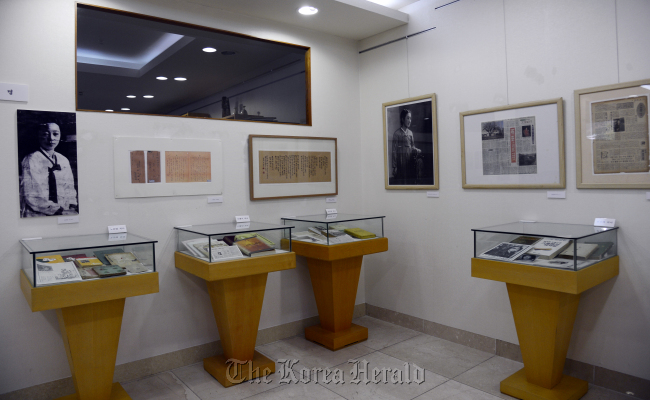
The museum is the result of long-time effort by its director, professor Kang In-suk, who is the wife of former culture minister and renowned critic Lee O-young. Most of the museum’s materials were gathered while Lee worked as the editor of literary magazine “Literature and Thought” in the 1970s.
The magazine featured some 100 writers, and published their portraits ― painted by the nation’s top painters ― along with the articles. Kang kept the portraits, a total of 104, and those artworks later became the first collection of the museum which opened in its current location in 2001.
“It’s the question of what you value,” said Kang in an interview with The Korea Herald. “I really think those manuscripts and paintings are important, and it’s crucial to preserve them. Many institutions asked me to donate them for public purposes, but I just felt no one in the world could possibly love these items more than I do.”
Kim thinks the writers’ handwritten manuscripts, as well as their choice of clothes, say a lot about them. The museum’s latest exhibition, “Korean Women’s Literature 30 Years,” which features the lives of 13 late female writers in Korea, displays the desks they used and dresses and shoes they wore, alongside their manuscripts. It is also touching to see author Son So-hee (1917-1986)’s perfume bottle, as well as the sewing machine used by Han Mu-suk (1918-93).
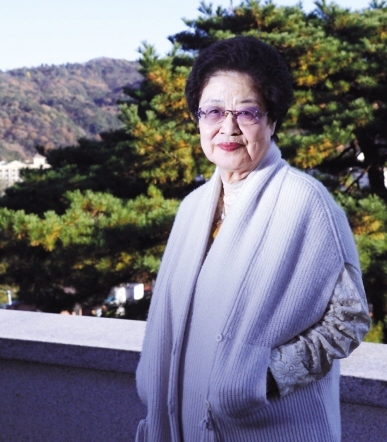
“The handwritten notes show their individual qualities and characteristics,” she said. “And it’s also interesting to see how their writing changes as they age.”
Working for the museum required Kang to sacrifice a lot of her time. One of her biggest regrets is that she didn’t spend enough time with her friends and her students. She also lost her daughter, Rev. Lee Min-ah, to stomach cancer early this year. “I was working on my master’s degree when Min-ah was young,” she said. “I’d very often tell her to play outside. Sometimes she’d burst into tears asking me not to do my homework. I feel bad about those days still.”
The museum’s next exhibition will consist of Kang and her husband Lee’s guestbooks, which were signed by many late authors and painters. Having many friends who are writers is helpful for running the museum, she said.
“It’s the friendship and the trust,” said Kang. “We also borrow a lot of items from late authors’ children. Organizing an exhibition that features late author Park Kyung-ni was possible because I’m friends with her daughters.”
■ Young-in Literary Museum
● 474-27 Pyeongchang-dong, Jongno-gu, Seoul/(02) 379-3182
● Opening hours: 10:30 a.m. to 5 p.m.
● Admission fee: 3,000 won for adults, 2,000 won for students
By Claire Lee (dyc@heraldcorp.com)




![[Weekender] Korean psyche untangled: Musok](http://res.heraldm.com/phpwas/restmb_idxmake.php?idx=644&simg=/content/image/2024/05/02/20240502050841_0.jpg&u=)

![[Eye Interview] 'If you live to 100, you might as well be happy,' says 88-year-old bestselling essayist](http://res.heraldm.com/phpwas/restmb_idxmake.php?idx=644&simg=/content/image/2024/05/03/20240503050674_0.jpg&u=)
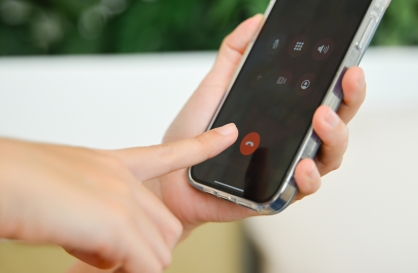
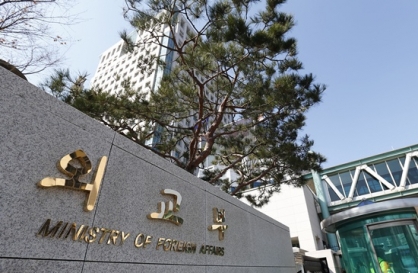
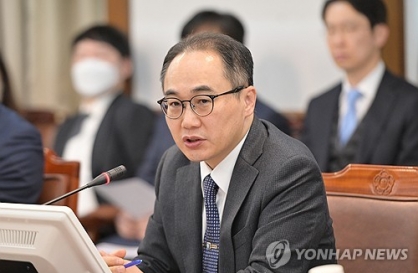







![[Herald Interview] Director of 'Goodbye Earth' aimed to ask how we would face apocalypse](http://res.heraldm.com/phpwas/restmb_idxmake.php?idx=652&simg=/content/image/2024/05/03/20240503050732_0.jpg&u=)
